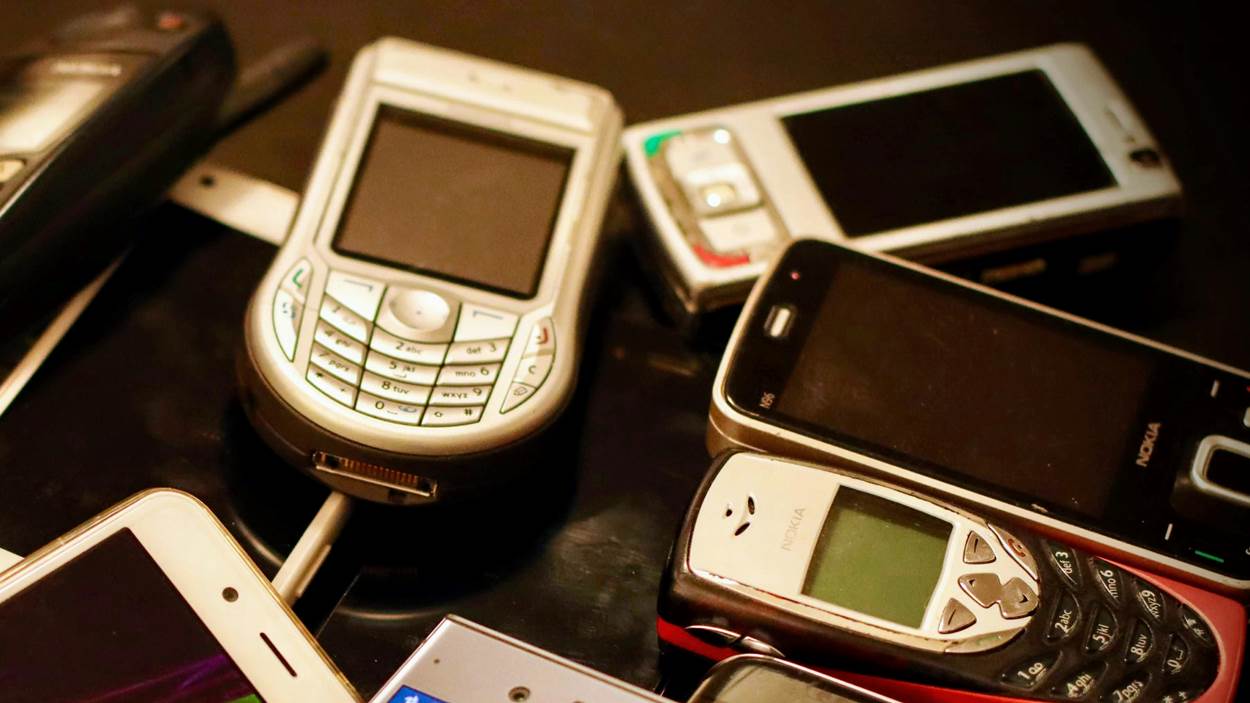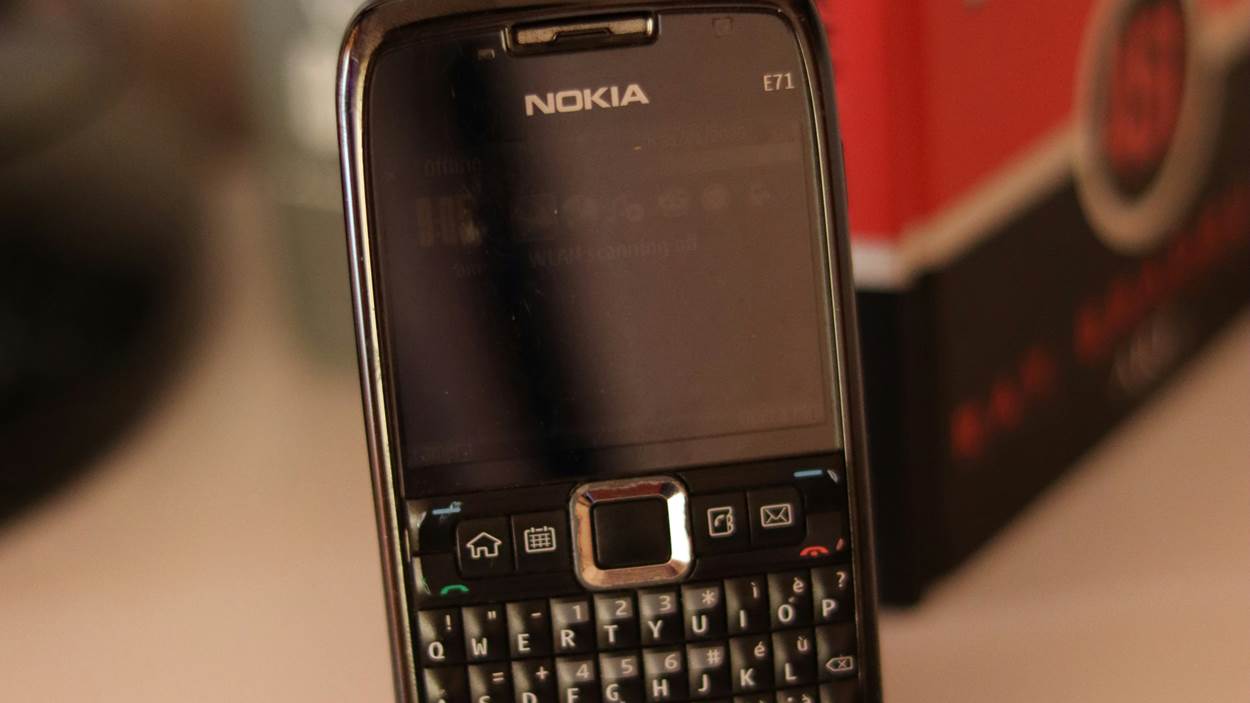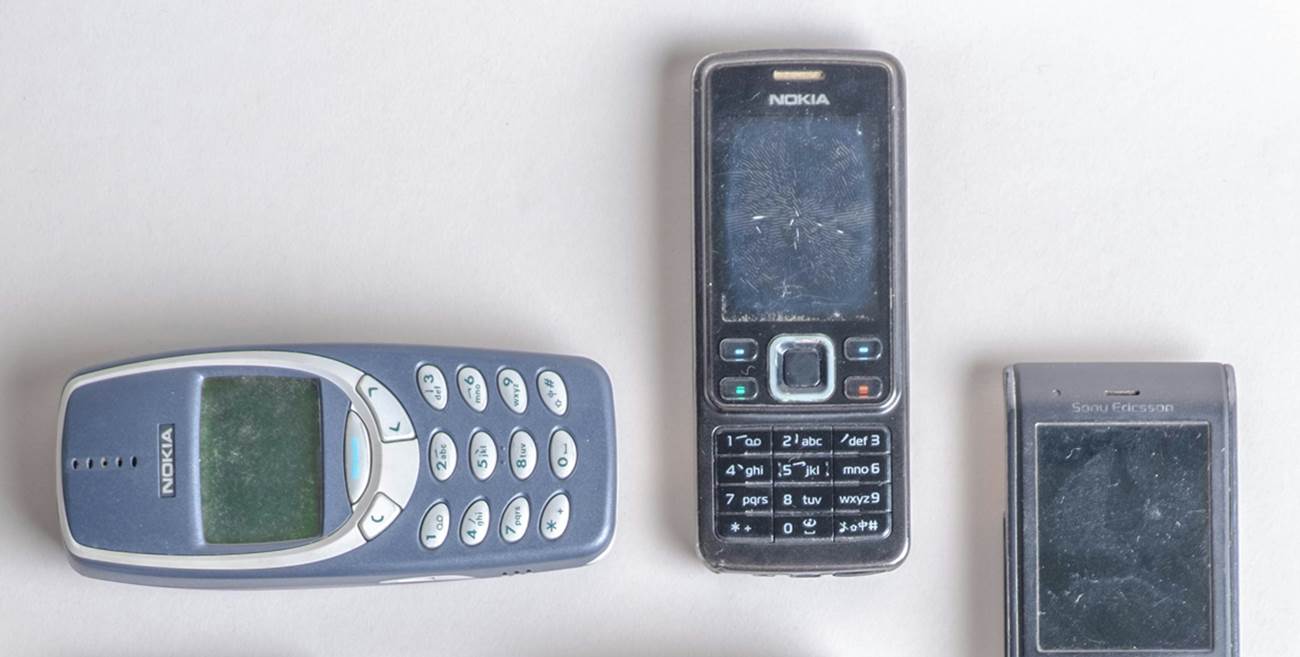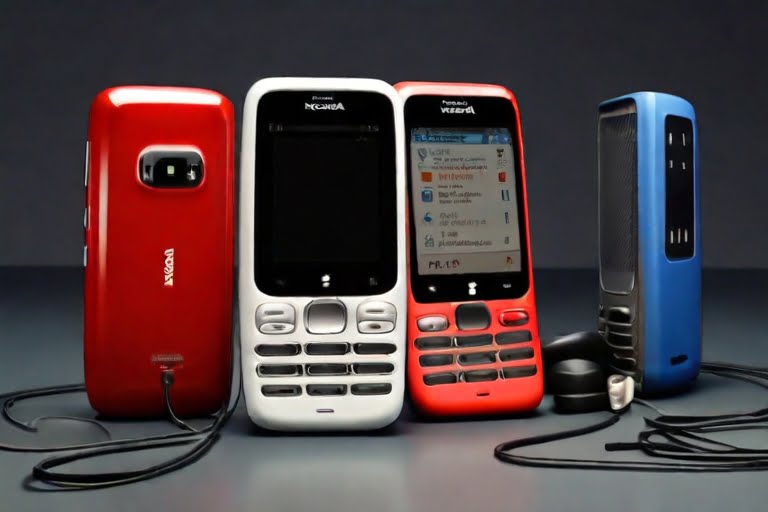The decline of Nokia is a complex story that includes a combination of strategic missteps, inside challenges, and exterior market dynamics. Here’s a detailed case study, comparing Nokia to different companies, to explore why Nokia failed to innovate:

1.Early Triumphs and Complacency:
Nokia’s Initial Success:
Nokia was once a pioneer in the mobile phone industry, accomplishing awesome success with its strong and dependable function phones. It grew to become the market leader with the aid of focusing on hassle-free designs, long lasting hardware, and an vast vary of models catering to a variety of patron segments.
Lack of Agility:
Nokia’s early success led to a positive level of complacency. The agency was sluggish to adapt to the hastily changing smartphone landscape, specifically with the rise of touchscreen units and app ecosystems.

2. Playing Catch-up in an Era of Smartphones:
Symbian OS:
Nokia persisted to invest in its Symbian running system for smartphones, while rivals like Apple and Google were introducing more advanced platforms (iOS and Android). This choice hampered Nokia’s potential to preserve up with the evolving expectations of consumers.
Failed Partnerships:
Nokia’s decision to partner with Microsoft for the Windows Phone platform in 2011 used to be a sizeable strategic misstep. While Microsoft struggled to acquire traction in the cellular market, competitors like Apple and Android manufacturers surged ahead.

3. Slow Culture to Adapt Innovation:
Late Entry into Touchscreen Market:
Nokia was once gradual to embrace touchscreen technology. By the time it added touchscreen smartphones like the Nokia 5800 XpressMusic, opponents had already set up themselves with extra advanced devices, such as the iPhone.
Resistance to Change:
There used to be interior resistance to altering the regular Nokia culture. The organization struggled to shift from its hardware-centric focal point to a greater software and ecosystem-driven approach.

4. Ecosystem and App Store:
Apple’s Ecosystem:
Apple succeeded no longer just in promoting devices however in developing an ecosystem round its products. The App Store, in particular, performed a pivotal position in the success of the iPhone, supplying a sizable array of third-party applications.
Android’s Open Ecosystem:
Android’s open-source nature allowed a number of producers to undertake it, resulting in a numerous range of devices. The availability of the Android platform on a couple of brands contributed to its tremendous adoption.
5. Leadership Changes and Organizational Woes:
Executive Changes:
Nokia underwent countless leadership changes at some stage in necessary periods, leading to inconsistencies in strategic direction. Furthermore, the departure of key executives in addition disrupted the company’s capability to execute a cohesive strategy.
Bureaucracy:
Nokia’s bureaucratic shape hindered quick decision-making and agility, making it difficult to reply rapidly to market changes.
6. Failure to Read the Trends:
Emergence of Smartphones:
Nokia firstly underestimated the value of smartphones, assuming characteristic phones would continue to dominate the market. This miscalculation led to a lack of practice for the smartphone revolution.
Rapid Technological Advancements:
Nokia failed to anticipate the speedy developments in technology, such as the shift to cellular internet, the importance of touchscreens, and the app-centric nature of contemporary smartphones.

7. Lessons of the Successful comparisons:
Apple’s Innovation:
Apple’s success can be attributed to a culture of innovation led by way of visionary leaders like Steve Jobs. The agency consistently added groundbreaking products, such as the iPod, iPhone, and iPad, and targeted on growing a seamless ecosystem.
Samsung’s Adaptability:
Samsung, Nokia’s rival in the mobile market, proven adaptability by means of embracing Android and introducing a vast range of smartphones. The company’s diversified product portfolio helped it navigate market changes.
















I still remember Nokia’s 6600 and 7610. Such an iconic mobiles with a huge camera on backside. But unfortunately Nokia failed to innovate.